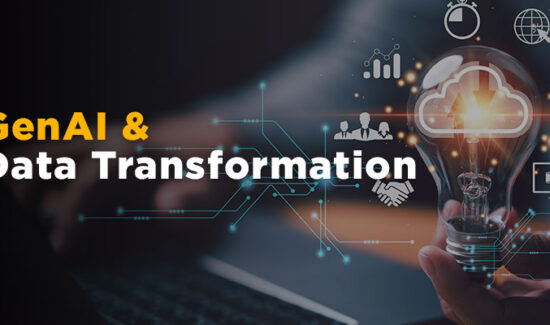IoT Data Integration is Banging Down the Door

 In a recent Informatica ‘Perspectives’ blog publication, David Linthicum, SVP at Cloud Technology Partners asks the question: “Are you ready for IoT data integration?”
In a recent Informatica ‘Perspectives’ blog publication, David Linthicum, SVP at Cloud Technology Partners asks the question: “Are you ready for IoT data integration?”
In summarizing the column, Linthicum explains that practical applications of the Internet of Things (IoT) continue to grow, and although on the surface the common theme of the topic seems to be a vast interconnected web of devices, the fact of the matter is that what bounds the IoT and business together is the unimaginable amount of data that such devices create. From this, organizations can pull lots of value, understanding, and new ways of learning as a result.
The author then speaks to organizations who create systems for IoT, and how they need to understand the requirements the IoT demands. As a result of all these new devices, and the data that they create, data volumes will increase exponentially. Additionally, the speed at which all of this new data will be transmitted will increase. Message-based data integration (DI) approaches will likely fail to scale appropriately under older approaches to data integration.
Linthicum also makes sure that readers understand the importance of data quality. As the IoT gains traction, data quality must be checked on the fly and placed in the correct data source where it can then be analyzed. Data analysis, in the majority of cases, takes place in near real-time. In short, poor quality data is the enemy of IoT. Given the fact that devices will create many kinds of data in all types of unstructured states, and it is of the utmost importance that said data be subject to policies that can perform quality checks.
At the end of the day, he says, DI technologies will have to have the ability to merge data in real-time. Big data, cloud, and IoT work nicely together, according to Linthicum, explaining that real-time analytics that enable businesses to pull insights out of IoT systems evolved directly from the emergence of the big data platform.
Given that IoT seems to be on the verge of really going mainstream, data integration, as its most important appendage, looks to be on the doorstep of an explosion as well. Linthicum provides an example that resonates, and that is the use of drones in farming to ensure the proper use of land. What happens when these practices spread to governmental organizations and the world’s biggest corporations? They are going to need to implement data integration solutions to collect all of the new information they are collecting.
Sure, the tools and devices we use are great, but it’s what those devices collect is what is of value to the enterprise. News of giant healthcare organizations and retailers collecting bulk data to better serve their patrons has already been trickling into the news, and that is just the tip of the iceberg as far as DI in relation to IoT is concerned. IoT has the chance to be life-changing for not only those organizations that rely on data collection to enhance their brand, but for users of almost any device around the globe.
For the original post, click here.
For more information on IoT Data Integration solutions vendors and their offerings, check out our free DI buyers guide.
Widget not in any sidebars























